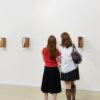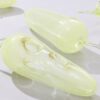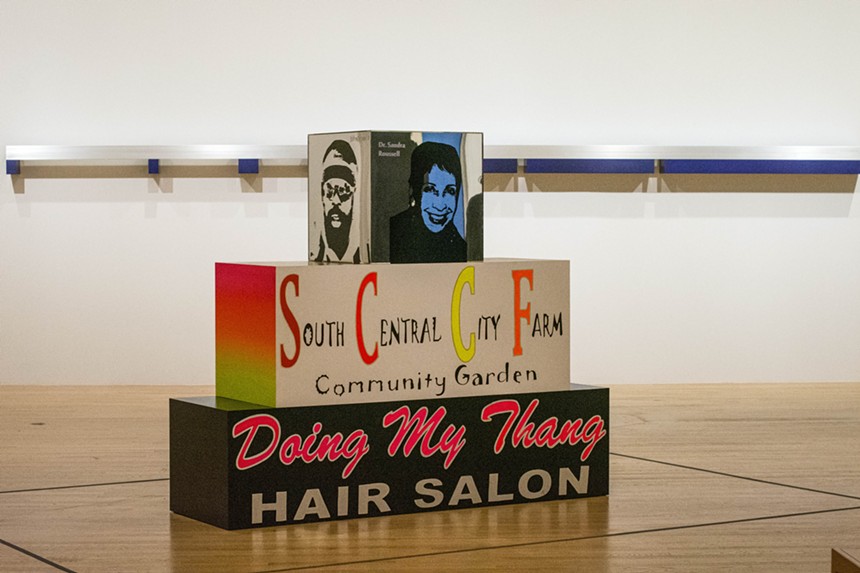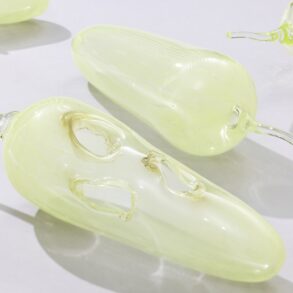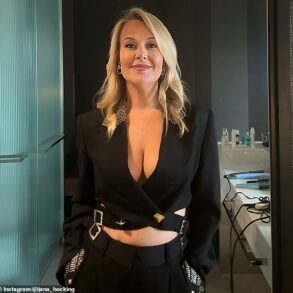This week, the Dallas Museum of Art debuts its final exhibition of the year, He Said/She Said: Contemporary Women Artists Interject. On display from Dec. 17 through July 21, 2024, it will showcase works by female artists from the 1970s through today that, according to materials put out by the museum, “question the myth of the sole male genius and create space for new, more inclusive narratives.”

With this new exhibition, women will see themselves in art history as more than objects of desire.
Carly May Gravley
In an address given to members of the press before a preview of the exhibition, director Agustin Arteaga invoked this year’s female-centered pop culture, calling it “the year of Beyoncé, Barbie and Taylor Swift,” as an opportunity to showcase how women have been “carving out space and commandeering the narrative throughout history.”
The exhibition aims to challenge white male ubiquity in art spaces, critique both sexism and racism, and reframe the role of women in art as more than just muses and objects of desire.
“Women do not require male predecessors to build meaning in their own work,” says Veronica Myers, a curatorial assistant who gave a lively tour of the new exhibition to the press ahead of its opening.

Dallas artist Kaleta Doolin created Improved Janson: A Woman on Every Page to highlight the hole in art history where women’s contributions should be.
Carly May Gravley
The exhibition is divided into four thematic sections. Women and Appropriation showcases artists who worked in Postmodernism and rejected the idea of genius and unique thought and posited that all art is built on references to the past. This section features “Pledge, Will, Vow,” a striking video installation by Barbara Kruger, a signature self-portrait by the photographer Cindy Sherman and an art history book with a vulvic hole cut through it by Dallas artist Kaleta Doolin.
The next section, called Black Female Subjectivity, showcases work by Black female artists that appropriate images made famous by white men in order to reclaim their place in the narrative. The centerpiece of this section is Lauren Halsey’s “South Central City Farm / Doing My Thang,” which is placed directly in front of a piece by minimalist Donald Judd to juxtapose similar creative elements filtered through different perspectives.
Women in Surrealism showcases the ways women artists have used surrealist imagery to explore and challenge gender roles. The work of younger artists such as Emily Mae Smith and Ivy Halderman intermingle with predecessors such as Salvador Dali to demonstrate a creative conversation that transcends time. Olivia Erlanger’s Pergasa, a sculpture showing a mermaid’s tail flowing out of a washing machine, has been featured heavily in promotional materials for the exhibition.
The final section, Collaboration and Friendship, serves to remind visitors that female artists have not just existed at the same time as men, but were active collaborators. Just as women have served as muses to male artists, the reverse has also been true, as demonstrated in Calida Rawles’ photorealistic painting “In His Image.”
He Said/She Said: Contemporary Women Artists Interject is curated by Katherine Brodbeck and will run through July 21, 2024, at the Dallas Museum of Art, 1717 N. Harwood St. Tickets are available on the museum’s website.

He Said/She Said: Contemporary Women Artists Interject is currently on display at the Dallas Museum of Art.
Carly May Gravley
This post was originally published on this site be sure to check out more of their content

